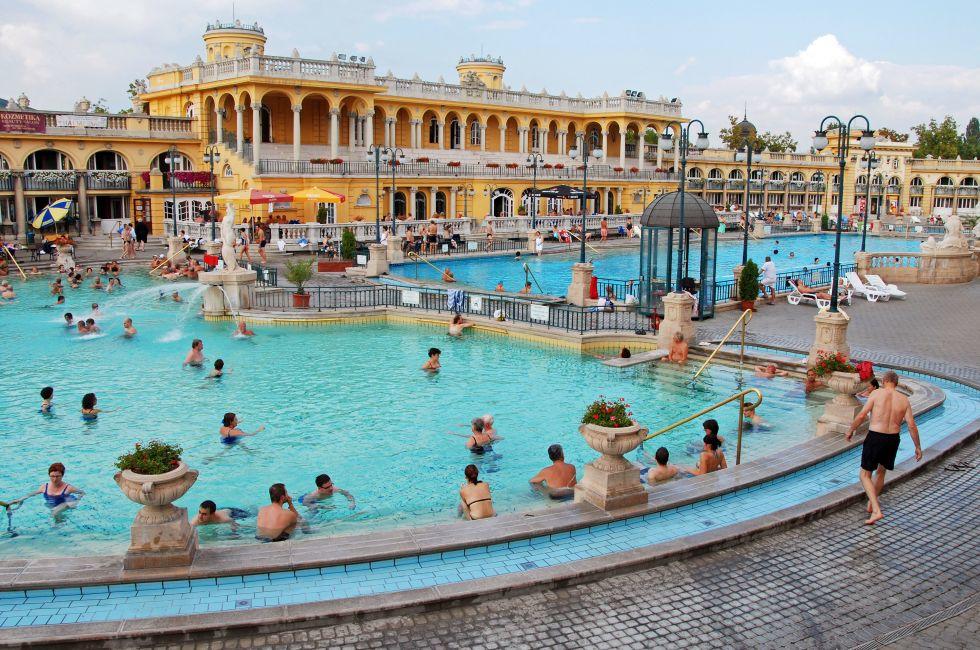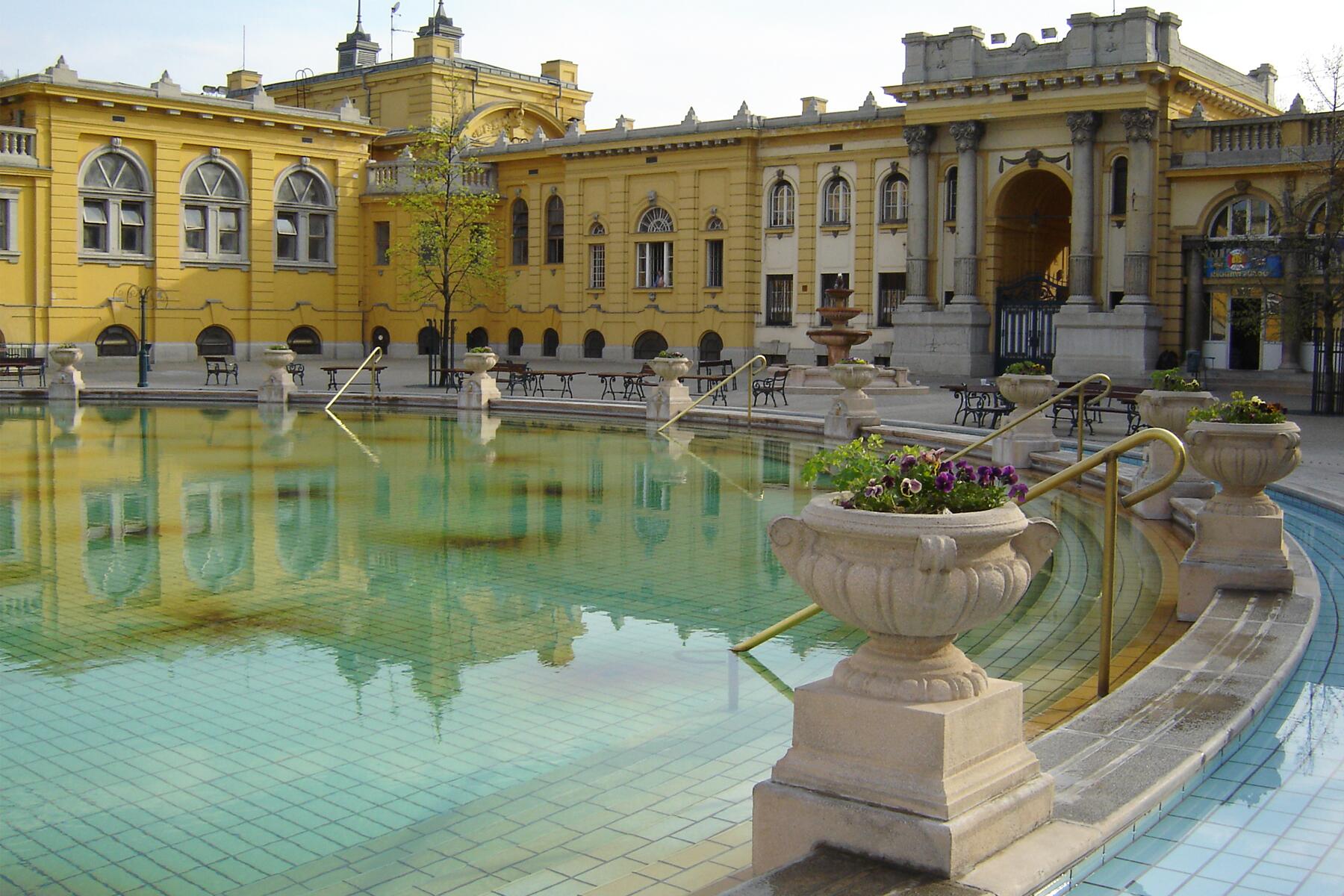Budapest
Budapest
Situated on both banks of the Danube, Budapest unites the colorful hills of Buda and the wide, businesslike boulevards of Pest. Though it was the site of a Roman outpost during the 1st century, the city was not officially created until 1873, when the towns of Óbuda, Pest, and Buda united. Since then, Budapest has been the cultural, political, intellectual, and commercial heart of Hungary; for the 20% of the nation's population who live in the capital, anywhere else is simply vidék ("the country").
Budapest has suffered many ravages in the course of its long history. It was totally destroyed by the Mongols in 1241, captured by the Turks in 1541, and nearly destroyed again by Soviet troops in 1945. But this bustling industrial and cultural center survived as the capital of th...
Read MoreSituated on both banks of the Danube, Budapest unites the colorful hills of Buda and the wide, businesslike boulevards of Pest. Though it was the site of a Roman outpost during the 1st century, the city was not officially created until 1873, when the towns of Óbuda, Pest, and Buda united. Since then, Budapest has been the cultural, political, intellectual, and commercial heart of Hungary; for the 20% of the nation's population who live in the capital, anywhere else is simply vidék ("the country").
Budapest has suffered many ravages in the course of its long history. It was totally destroyed by the Mongols in 1241, captured by the Turks in 1541, and nearly destroyed again by Soviet troops in 1945. But this bustling industrial and cultural center survived as the capital of the People's Republic of Hungary after the war—and then, as the 1980s drew to a close, it became renowned for "goulash socialism," a phrase used to describe the state's tolerance of an irrepressible entrepreneurial spirit. Budapest has undergone a radical makeover since the free elections of 1990. Change is still in the air. As more and more restaurants, bars, shops, and boutiques open their doors—and with fashion-conscious youths parading the streets—almost all traces of communism may seem to have disappeared. But then look again: the elderly ladies selling flowers at the train station are a poignant reminder that some Hungarians have been left behind in this brave new world of competition.
Much of the charm of a visit to Budapest lies in unexpected glimpses into shadowy courtyards and in long vistas down sunlit cobbled streets. Although some 30,000 buildings were destroyed during World War II and in the 1956 Revolution, the past lingers on in the often crumbling architectural details of the antique structures that remain.
The principal sights of the city fall roughly into three areas, each of which can be comfortably covered on foot. The Budapest hills are best explored by public transportation. Note that, by tradition, the district number—a Roman numeral designating one of Budapest's 22 districts—precedes each address. For the sake of clarity, in this book, the word "District" precedes the number. Districts V, VI, and VII are in downtown Pest; District I includes Castle Hill, the main tourist district of Buda.








